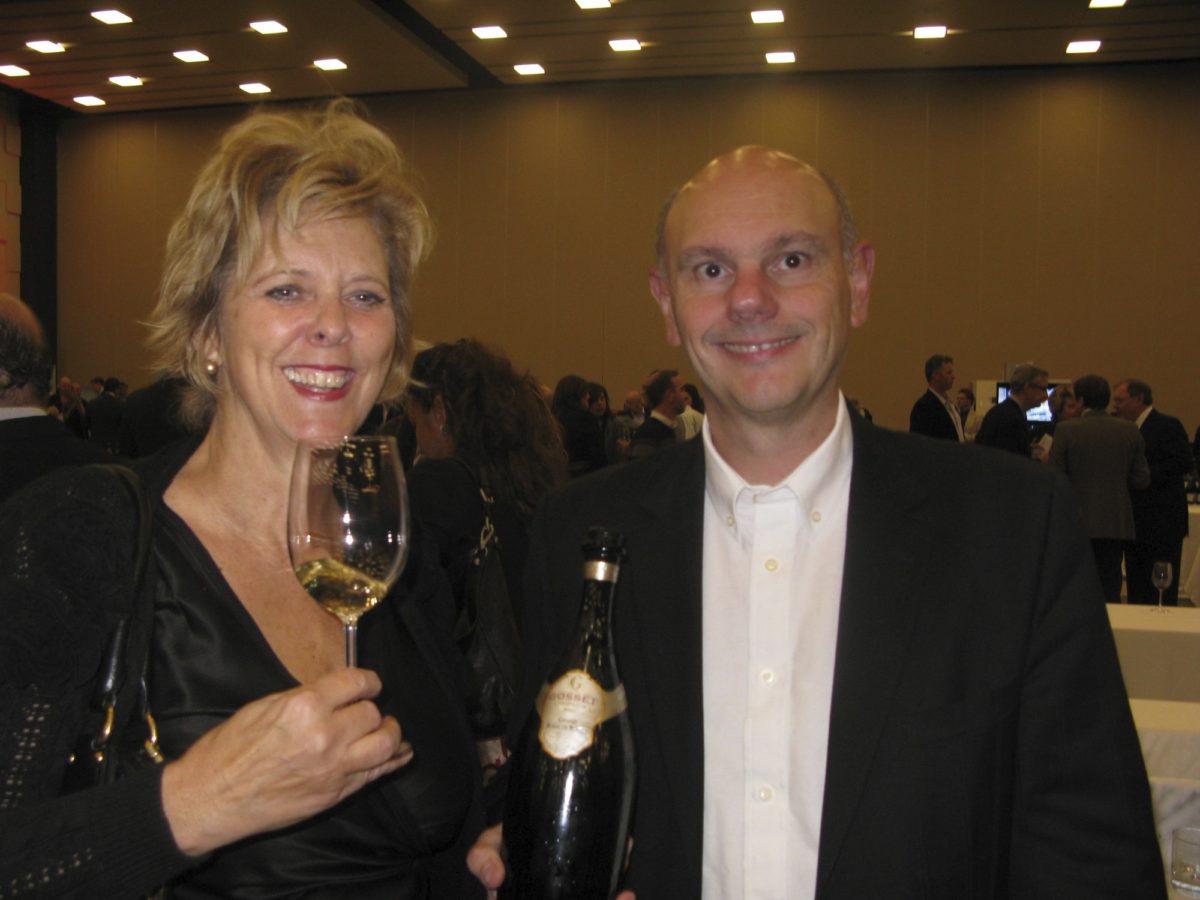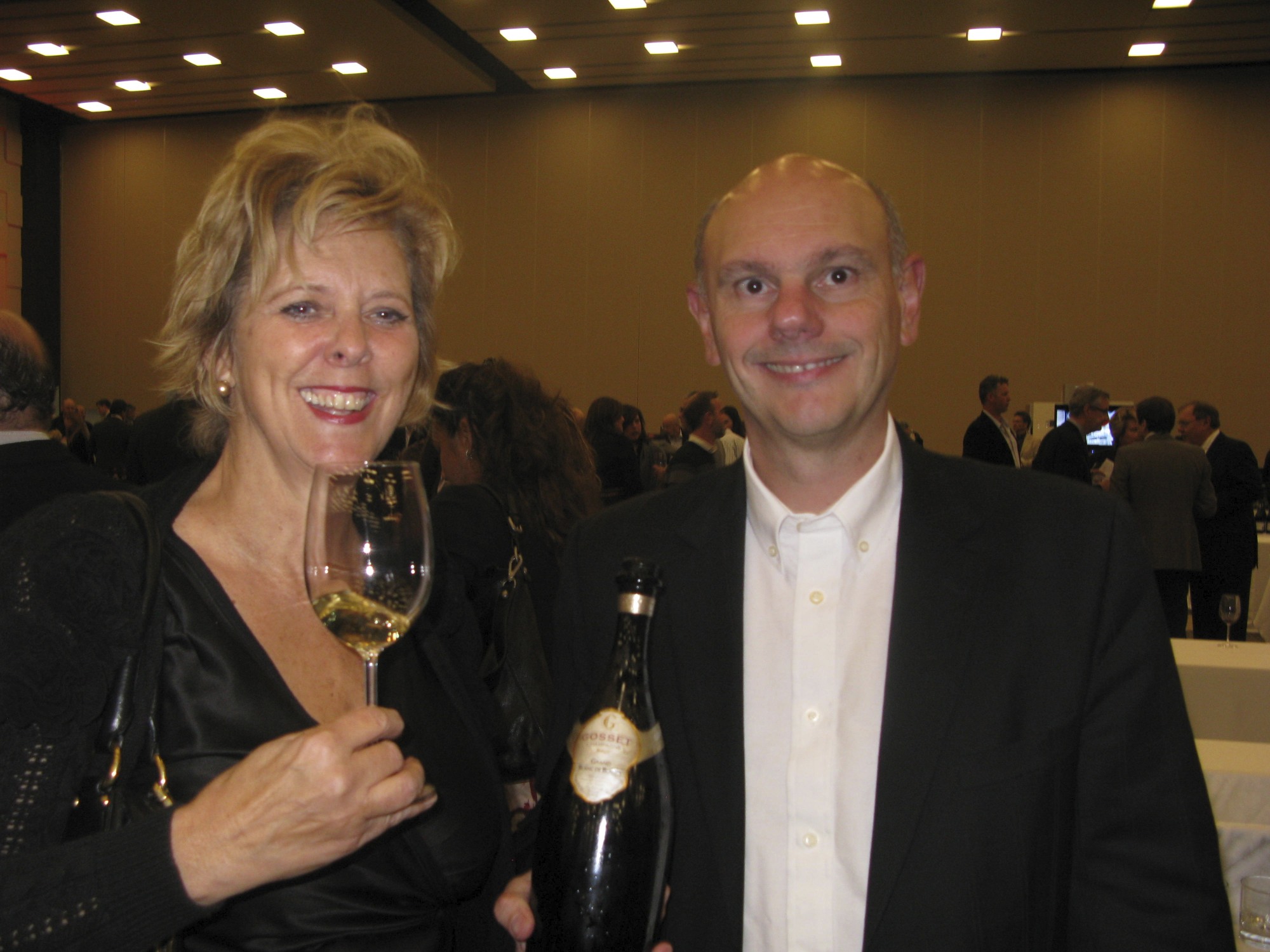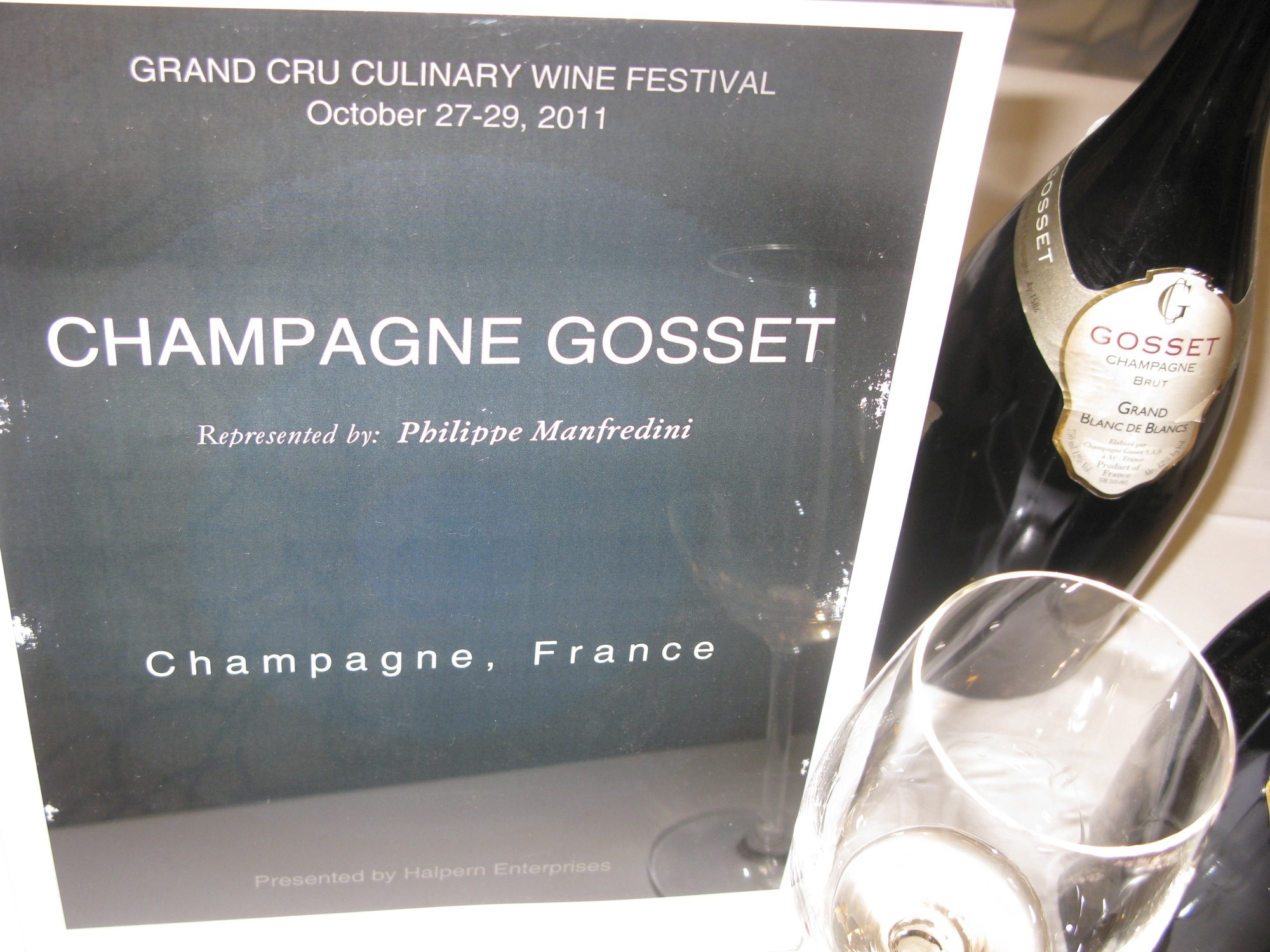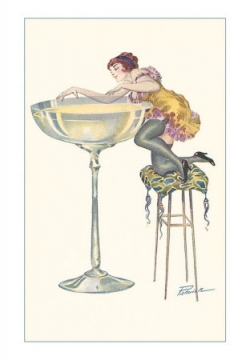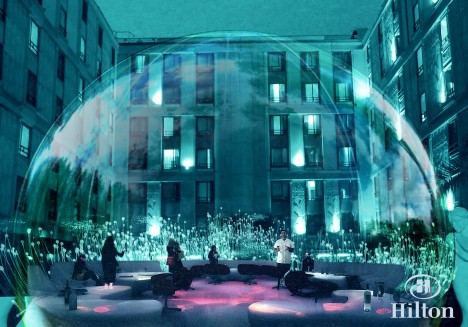N/V Grand Blanc de Blanc – A golden yellow with delicate green tints; fine lively bubbles; mineral and floral notes on the nose with apricot and citrus; very fresh with great harmony on the palate – overall a crisp and well-structured champagne – 93/100
2000 Grand Millesime Champagne – A bright, sparkling radiant yellow gold; Lively and effervescent bubbles; the initial nose exhales rich, complex notes; there is an atmosphere of a delicate notes almond, dried herbs, butter-pastries, honey, then notes of boxwood and incense with a subtle final note of menthol; the palate is lovely and fresh, dominated by Chardonnay; The wine’s consistency and richness is a signature of its wonderful maturity, the sweetness is perfectly balanced – 91/100
N/V Grand Rose Brut Champagne – A strong, clear salmon-pink hue; The nose is reminiscent of fresh summer fruits and berries with some insistent fragrances of cinnamon and nutmeg; The mouthful is generous, opulent and ripe marrying roundness and concentration with minerals and strawberry flavors. Infinitely silky, its elegant perfume and velvet bubbles tantalize the taste buds and caress the palate. The finish is remarkable, delicate and refined – 93/100

